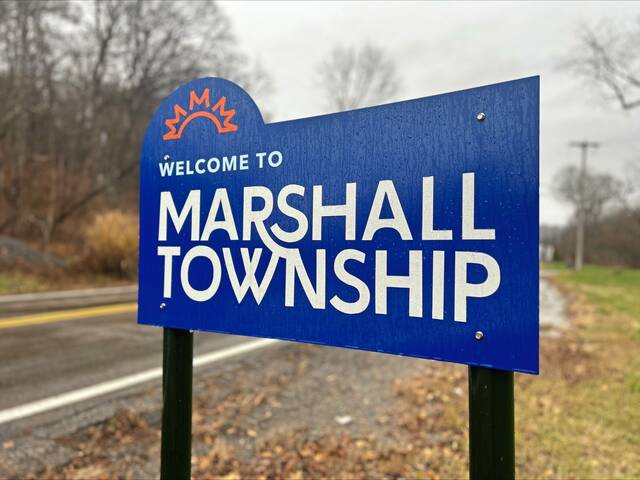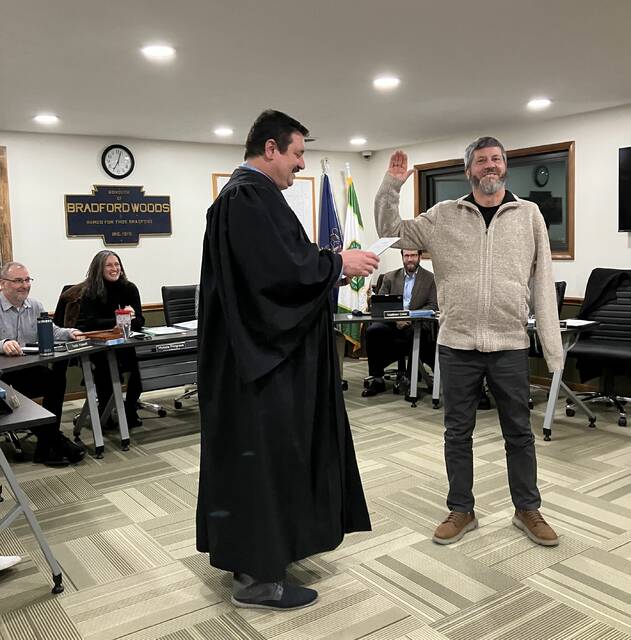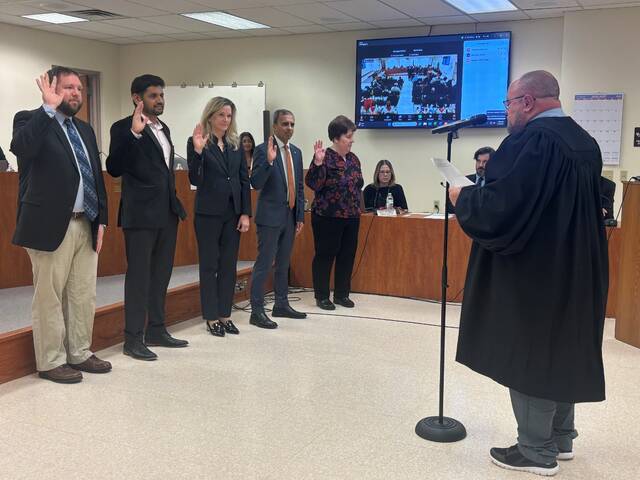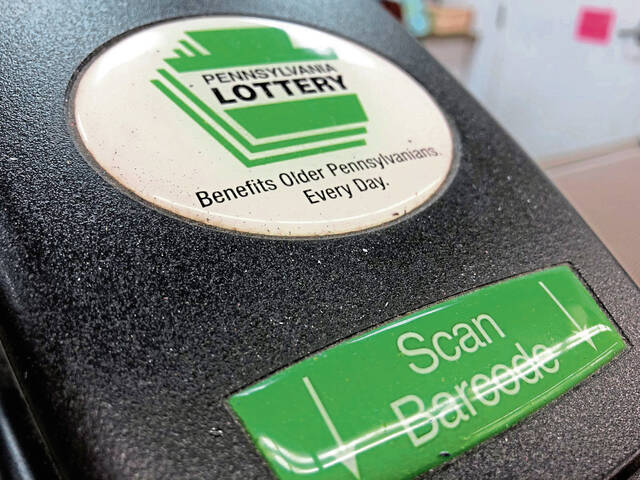A tax increase for North Allegheny School District may be coming for the 2022-2023 school year if the proposed final budget is approved as is in June.
The school board voted, 5 to 4, at its May 11 meeting, to approve the proposed final budget with a millage rate increase to 19.79 from the current 19.14 percent.
This vote only passes the proposed version of the final budget, which is required by the school board 30 days before voting on a final budget, set for June 15.
The tax increase proposed would reflect a cost of $123.78 annually, or $10.31 monthly, on the average district home cost of $249,634, according to Kermit Houser, assistant director of finance and treasurer.
Those who voted for the proposal were school board directors Leslie Britton Dozier, Paige Hardy, Kevin Mahler, board president Richard McClure and Elizabeth Warner. Those opposed were vice president Libby Blackburn, Marcie Crow, Dr. Vidya Szymkowiak and Shannon Yeakel.
The 19.79 millage rate is calculated according to the Pennsylvania Taxpayer Relief Act, also known as Act 1. The Act 1 Index is an inflationary index that sets the maximum a district may adjust millage in order to account for rising costs, according to Houser. The Act 1 calculation allows for a 3.4 percent increase for NASD for the next school year, which comes to 19.79 mills.
This is a lower tax increase than what was initially recommended by the NA Finance Department of 19.86 mills, which included exceptions. Several exceptions can be applied for to the state, which would allow a school district to raise millage rates above the Act 1 index without going to a referendum. North Allegheny was allowed a special education exception, due to rising costs for the district in that area, according to Houser.
However, the board voted on proposing to only raise the millage rate to the 3.4 full index without the exceptions, or 19.79 percent.
The NA Finance Department presented several informational-only scenarios based on the next five years, with possible tax raises back to back or every other year, depending on the scenarios.
Proposed revenues are $191,714,156 and expected expenses are $191,031,917, according to the Proposed Final Budget presentation. Salaries and benefits make up 75 percent of the budget.
Like all state public school districts, NA has to fund the rising costs of the PSERS, or Public School Employees’ Retirement System. This is a huge budget item required by the state.
An increase in taxes could aid future expenses, including expected renovations on the senior and intermediate high school facilities, which are currently being assessed, according to Houser.
Houser also said the tax increases would help keep the district general fund balance at a healthy level, which would keep their “very good” Double-A stable bond rating. A good bond rating means they may be more eligible for lower interest rates, saving the district millions on any future borrowing, he said.
If there were no tax increases, then NA’s fund balance would slowly be depleted, and they could lose the preferred high bond rating and related financial perks, he said.
This rating is good to have if the district plans to borrow for any upcoming major projects, he said, as it could potentially save millions in the future.
Also, if you lose this bond rating, which could happen with a lower general fund balance, it takes longer to recover it, he said.
Houser noted that facility work has also been discussed for three elementary schools in the districts.
Warner noted even if they don’t have costs yet on the high schools, there are other capital expenses that need funding.
“I want us to be set up well in the future,” she said.
But not everyone was on board with raising taxes at all and said the district could do much more in terms of trimming down expenses in order to save money.
“I look at areas where there could be big cuts, not small ticket ones, that would not impact students,” Crow said. She argued that the administration should be more aggressive in finding areas to cut. And if they just raise taxes, they aren’t going to “fight” to look for savings every year.
Also, with a difficult economy after the pandemic, many families are already struggling.
“We’re looking at the taxpayers saying ‘we need it more than you do’,” she said.
Blackburn also said the district shouldn’t focus on raising taxes but make cuts and look for more grant opportunities.
“Applying for grants is a huge area where we could do better,” she said.
There was even discussion on creating a zero balance budget, requiring departments to cut where they can.
Houser expects a 2 percent residential growth in the district for the next four years, lower than the current year’s growth at 2.67 percent.
North Allegheny School District ranks the sixth lowest in millage rates out of 41 school districts in Allegheny County, with the exceptions of four other districts which are not comparable, according to Houser. And it’s 16 percent below the county average. It has not raised taxes since 2018-2019, when it was at 18.45 mills, according to the budget presentation.
The finance department and staff have made efforts to streamline expenses by bringing down expected staffing costs through efficiencies and finalizing software and technology agreements lower than initial estimate, according to Houser.
Mahler said an increase could help now.
“If you do a little here … you have the flexibility in the future if you don’t it’s hard to make up for it,” Mahler said.
Several board members suggested this is not a good time to raise taxes due to the rising costs and inflation. Szymkowiak requested Superintendent Dr. Melissa Friez to look for more efficiencies and effective solutions to balance the budget before raising taxes.
Szymkowiak acknowledged that NA may be in “very choppy fiscal waters” in years ahead, but “we cannot rely solely on continually raising taxes on our hard-working families of NA.”
The public can view the document, which will be on display at NA local municipality buildings, the Northland Public Library and NA school buildings. It’s also posted at www.northallegheny.org.








